Junior Anthony Cuadros peers into his microscope and documents the results of his experiment. Cuadros works at a professional research lab called Shields Lab, where he performs experiments and makes findings about small cell lung cancer.
Cuadros met his current boss when his family accompanied his mom when she attended a conference for work.
“I went to Hawaii two years ago, and that’s where I met my boss,” Cuadros said. “We talked a lot about my school and the PLTW program, and we stayed in touch past that, and when this opportunity arose, I took it.”
Cuadros sees his job opportunity as a way for him to help others; he hopes that his discoveries about the drug he’s researching will help it to be sold to the public as a clinical drug and improve the lives of lung cancer patients.
“The one thing I’ve really noticed is the actual effects of my work,” Cuadros said. “Hopefully along with the other studies that have been done on the drug, it will evolve to a clinical drug and actually help people.”
Recently, Cuadros was able to spread awareness of his work as he traveled to San Diego and presented a poster summarizing his discoveries over the drug he’s researching.
“I went to San Diego because I was a secondary author in this experiment with this drug we got from our cancer director,” Cuadros said. “It’s been tested against multiple myeloma and triple negative breast cancer, but this is the first time it’s been tested for small cell lung cancer because of its theoretical effects on PIM2.”
Cuadros has been able to work himself up to a more significant role as he visits the lab more frequently; his main contributions in the lab have shifted since he first got the job.
“When I first joined the lab over the summer, I did a lot of cell culturing and making sure that cells stayed healthy for drug experiments,” Cuadros said. “As I got more involved, I began performing experiments to determine the abundance of specific molecules across small cell lung cancer cell lines that we are interested in studying for our project.”
The experiments that Cuadros does in his professional lab are different from what students do in school, but the process of the experiments are similar.
“I wouldn’t say that they’re much different, other than the topics of the lab,” Cuadros said. “The lab I work at has more equipment, and you work with real cancer cells. Recently (in school) we did a bacterial lab to mix bacteria species. A lot of the setup, like the sterile field and the cleanup is really similar to what I do in the actual lab, but the experiments are different.”
With all the classes and work that he does in school, coupled with Cuadros’ involvement in swimming, it can be challenging for Cuadros to find time to go to work, but keeping in touch with his boss makes it much easier for him to do these activities.
“My boss, she’s incredibly flexible and very nice about me having school, sports, and all that,” Cuadros said. “Communication is definitely key, because I have to text them when I’m coming to the lab by myself, then I have to get what I’m doing that day. It’s definitely a challenge, especially with the workload of a junior. My boss makes it a lot easier on me.”
Even with all the labs and experiments, the thing that Cuadros says he enjoys the most is seeing the positive effects of his work.
“My favorite part of the job is seeing the impact of my work,” Cuadros said. “Presenting it and answering questions really showed me the change I am helping to bring to the small cell field and I hope to contribute to it more in the future.”


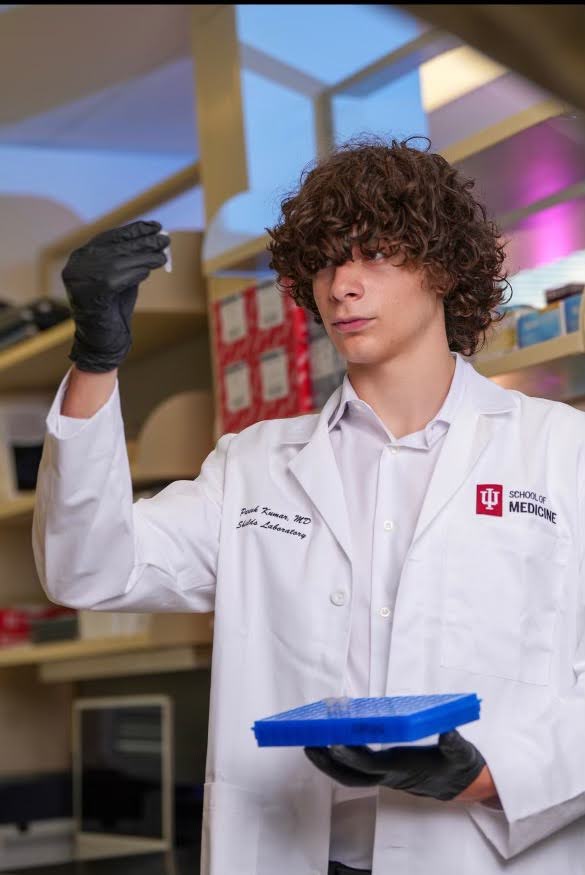
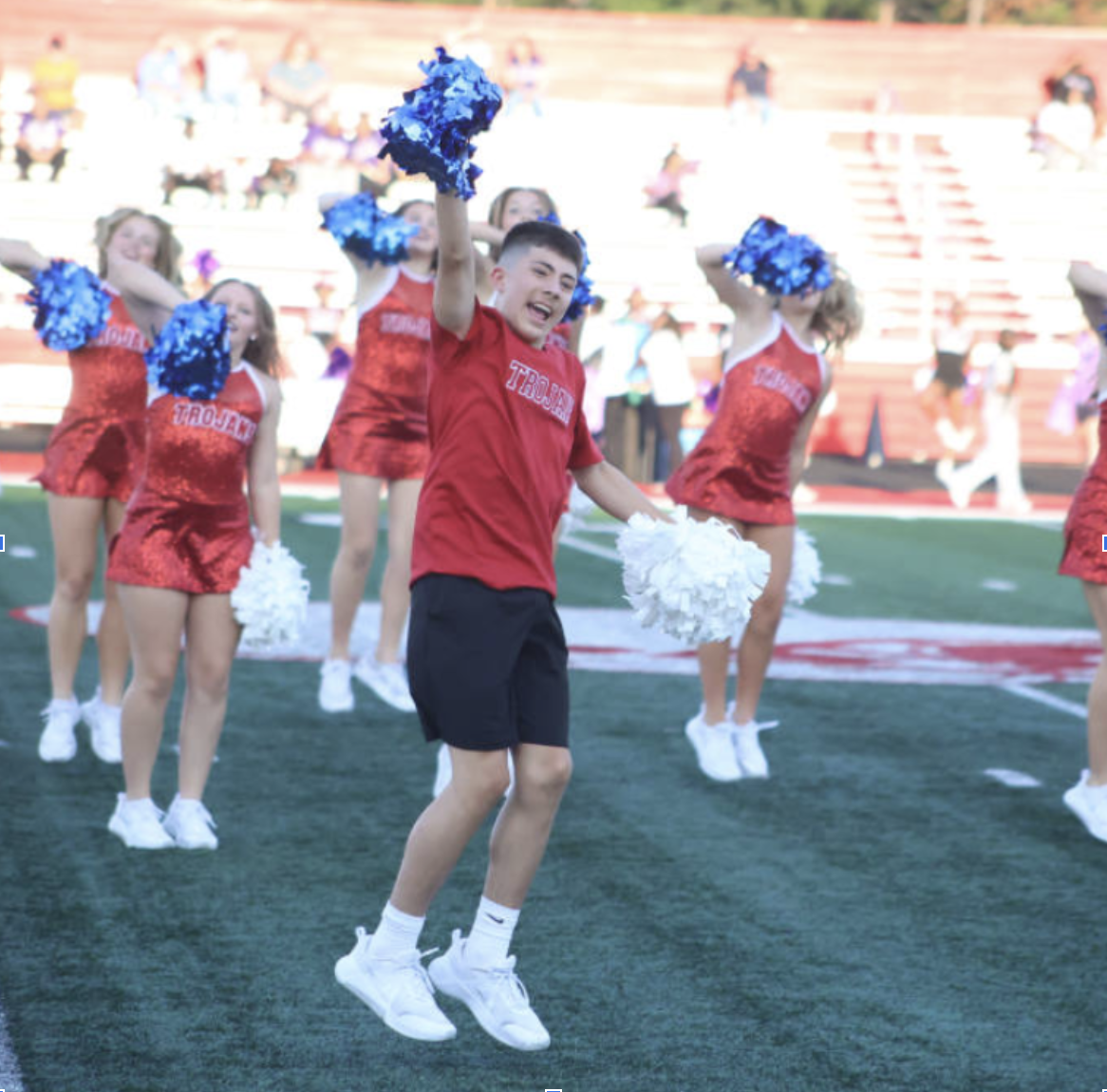
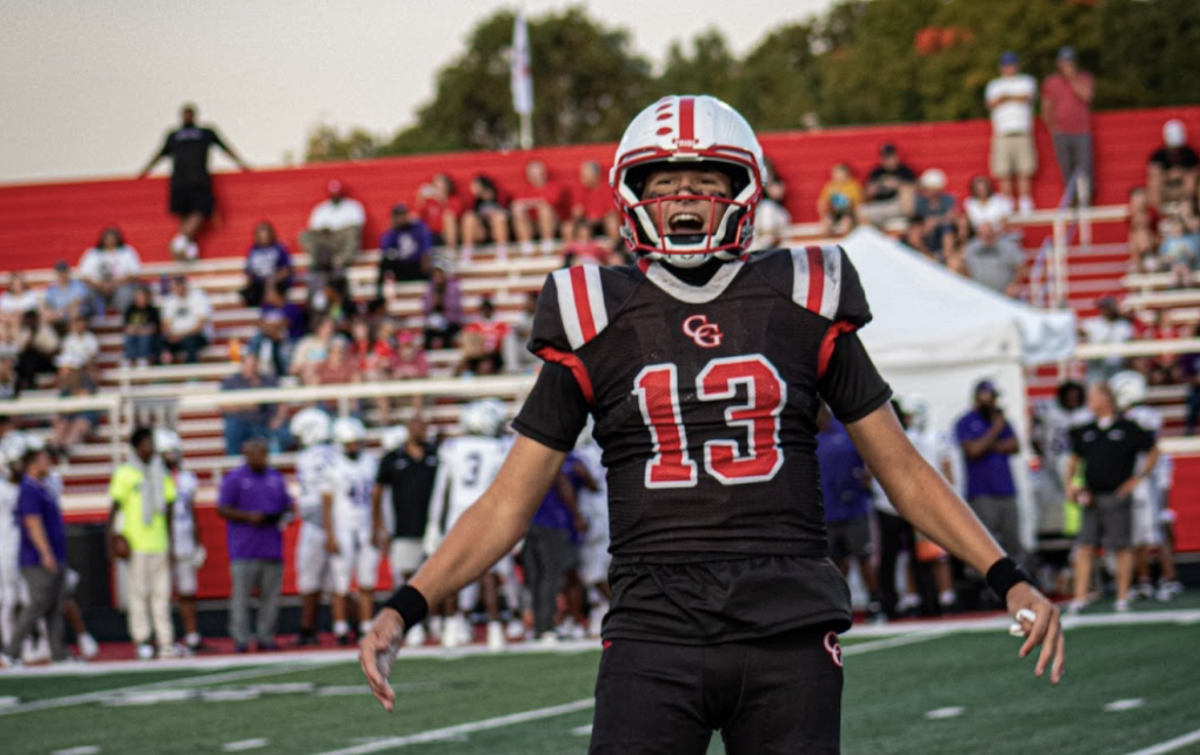
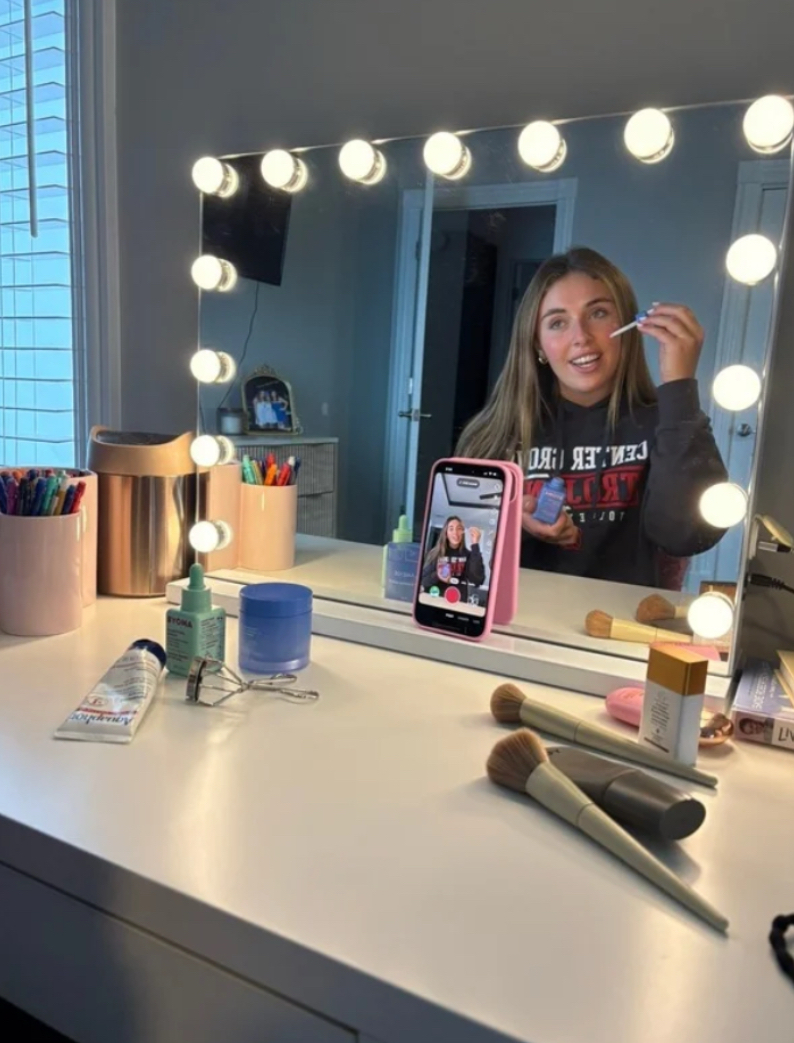
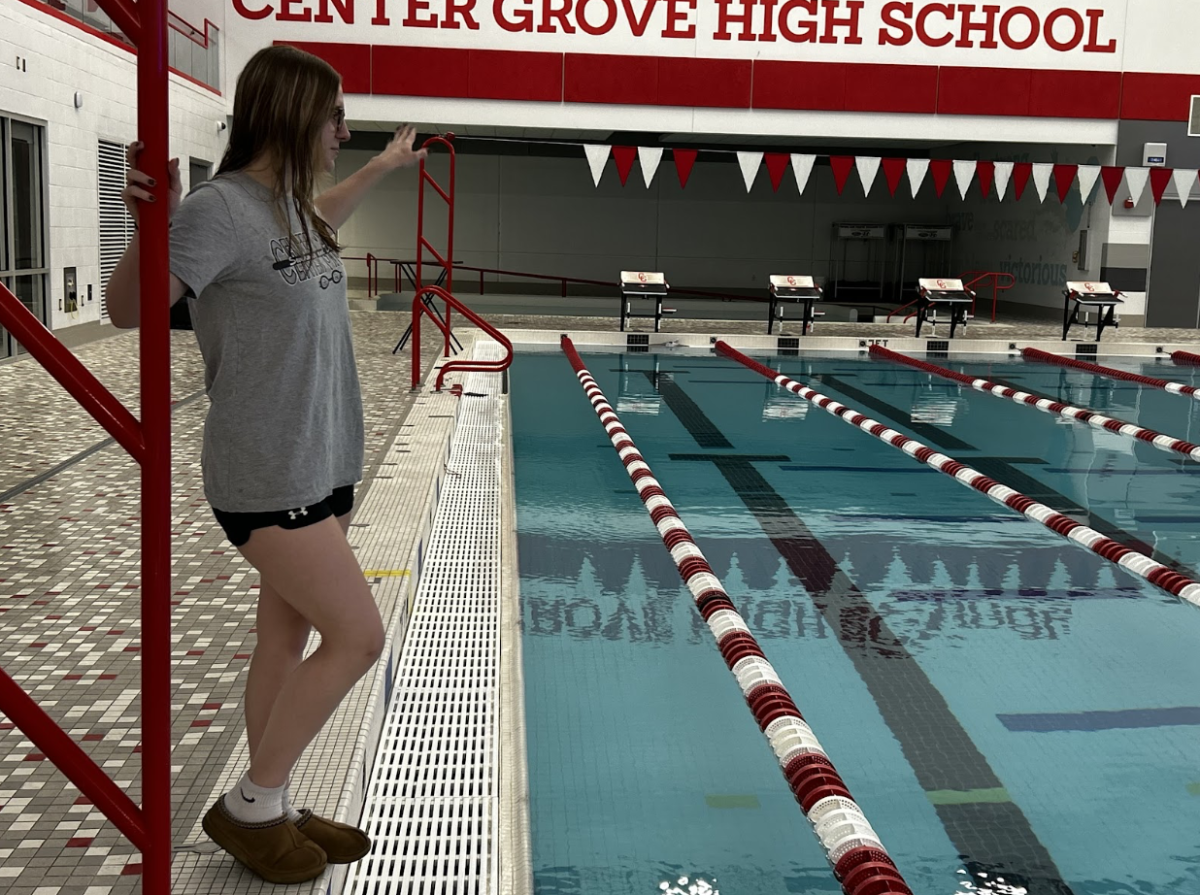
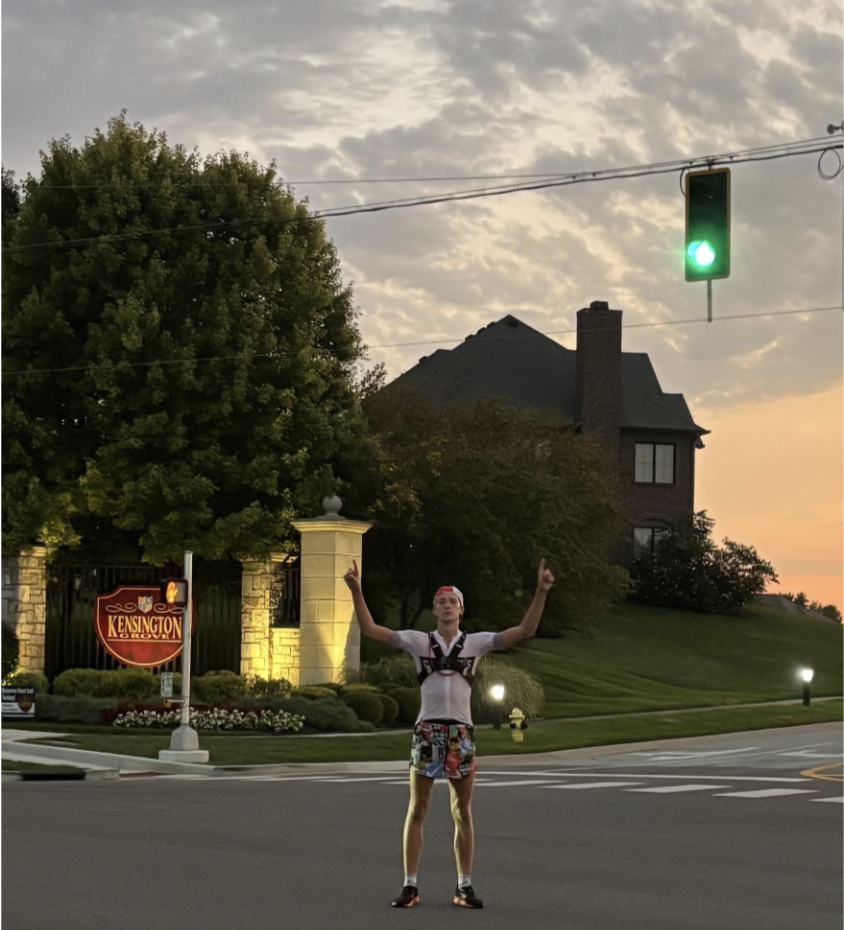

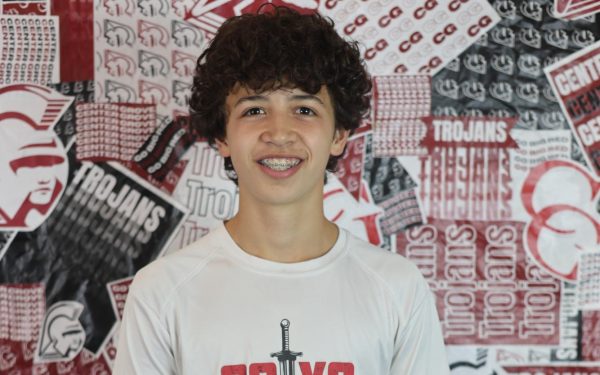
Tita Sunga • Oct 28, 2024 at 7:50 pm
I think this article is more elaborate and focused on his experiments and effects. This study is very much needed.
The writer is insightful and able to emphasize the essence of the experiment and the person doing it.